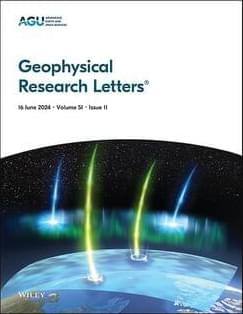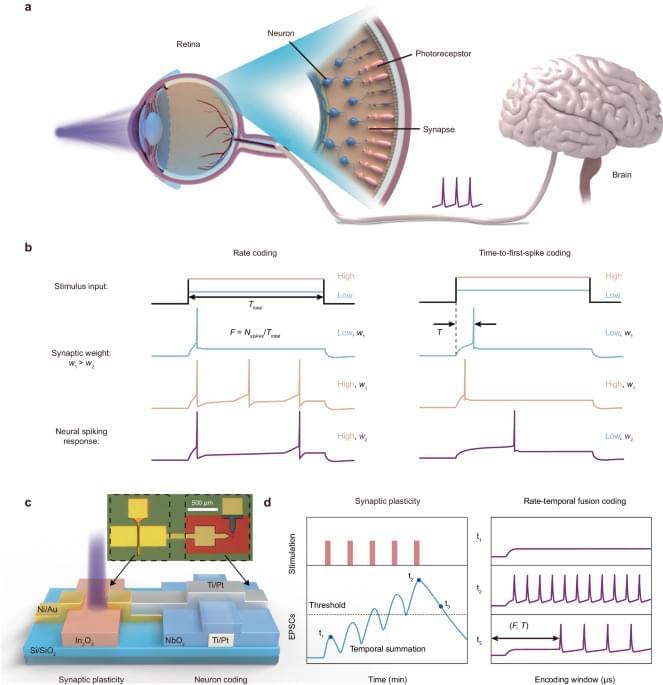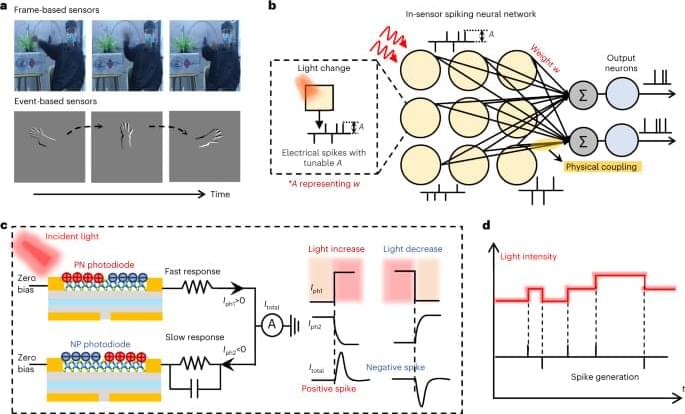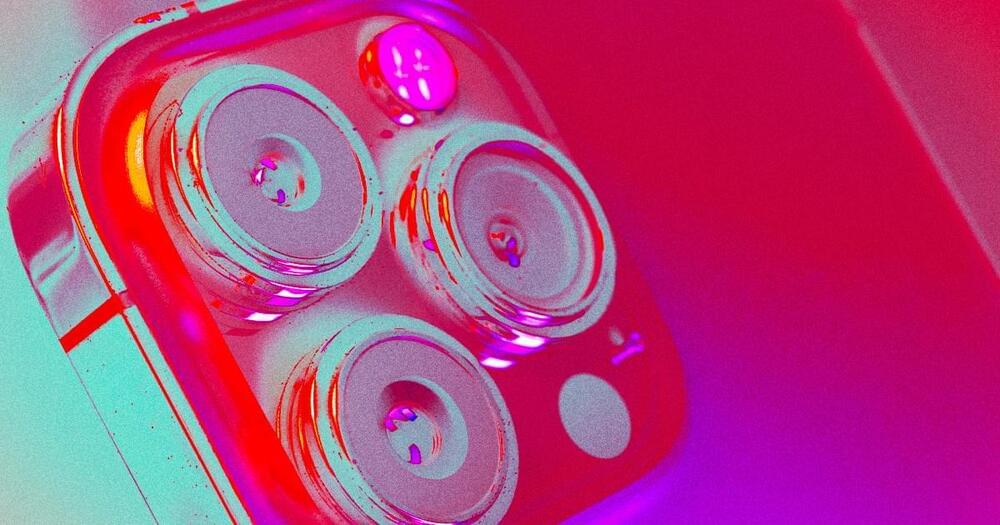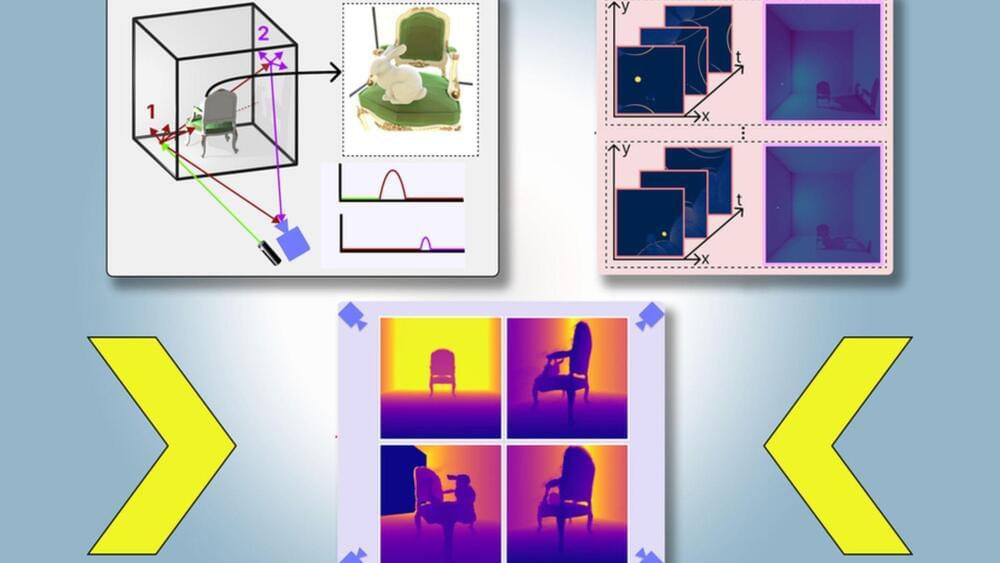We use multi-year observations of cross-track winds (u) from the CHAllenging Minisatellite Payload (CHAMP) and the Gravity Field and Steady State Ocean Circulation Explorer (GOCE) to calculate third-order structure functions in the thermosphere as a function of horizontal separation (s). They are computed using the mean (〈δu3〉) and the median (〈δu3〉med) left(langle \delta {u^3\rangle }_text{med}\right)$ and implemented over non-polar satellite paths in both hemispheres. On height averages, 〈δu3〉 is shown to scale with s2 for s ≃ 80–1,000 km, in agreement with equivalent estimates in the lower atmosphere from aircraft observations. Conversely, 〈δu3〉med langle \delta u^{3\rangle }_text{med}$ follows an s3 power law for almost the whole s range, consistent with the two-dimensional turbulence scaling law for a direct enstrophy cascade.
